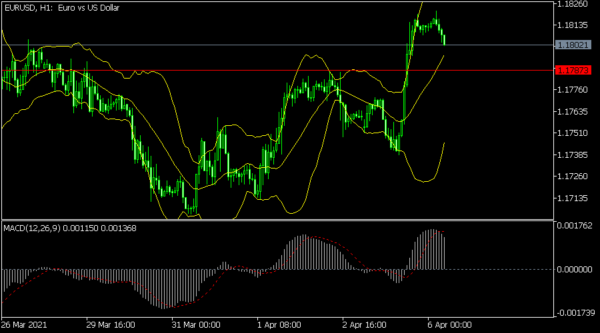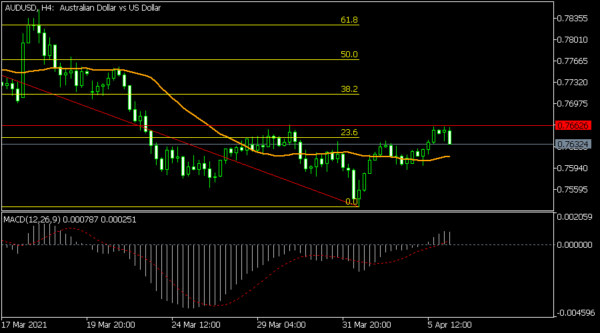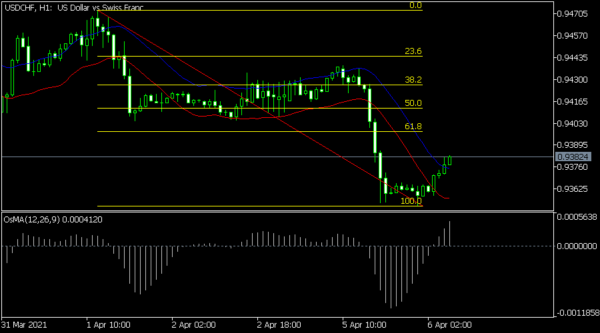The Japanese yen was little changed even after relatively weak economic numbers from the country. The country’s statistics agency said that household spending rose by 2.4% in February after falling by 7.3% in the previous month. This improvement was worse than the expected increase of 2.8%. Spending declined by 6.6% on a year-on-year basis, a worse performance than the previous decline of 7.3%. Further, overtime pay, which is an important measure of the strength of the corporate sector, declined by 9.3% while the overall wage income fell by 0.2%. Still, recent flash numbers like the manufacturing and services PMIs reveal that the Japanese economy is doing relatively well.
The Australian dollar declined slightly after the latest decision by the Reserve Bank of Australia (RBA). The bank, as expected, left interest rates unchanged and sounded optimistic about the country’s economy. It upgraded the overall outlook as the country and its trading partners continued to recover. The decision came at a time when the bank is being criticised for how it handled the pandemic. Some of the leading economists have criticised it for leaving interest rates high for so long before the pandemic. Some have called for the governor to resign and the board overhauled.
Market activity will start to gather momentum today as more countries reopen following the long weekend. The market will continue watching the US bond market for direction. The benchmark bond ten-year yield dropped from yesterday’s high of 1.72% to 1.69% while the 30-year yield has dropped to 2.33%. Also, traders will watch out for the JOLTs US job openings numbers. Analysts expect the data to show that there were more than 6.99 million openings in February, higher than the previous month’s 6.91 million.
EUR/USD
The EUR/USD rallied yesterday as the US bond yields rose. It rose to a high of 1.1822, which was the highest level since March 25. The pair has retreated to the current 1.1800. On the hourly chart, the price is slightly above the important support at 1.1787, where it had found substantial resistance last week. This price was also the neckline of the inverted head and shoulders pattern. It has also moved between the middle and upper lines of the Bollinger Bands while the signal and main lines of the MACD are above the neutral level. Therefore, the pair may resume rising, with the next key target being at 1.1900.
AUD/USD
The AUD/USD declined to 0.7630 after the RBA decision. On the four-hour chart, the pair has moved below the 23.6% Fibonacci retracement level. It has also formed an inverted head and shoulders pattern, whose neckline is at 0.7662. The price has also moved slightly above the 25-day moving average while the signal and histogram of the MACD are above the neutral level. Therefore, the pair may keep rising as bulls target the next key resistance at 0.7720, which is the 38.2% retracement level.
USD/CHF
The USD/CHF dropped to a low of 0.9352 yesterday. This was a substantial drop since it was trading at 0.9472 last week. It bounced back in the Asian session and is currently slightly above the 78.6% Fibonacci retracement level on the hourly chart. It has also moved above the envelopes indicator while the moving average of oscillator has moved above the neutral line. Therefore, the pair may keep rising as bulls target the 61.8% retracement level at 0.9397.
















